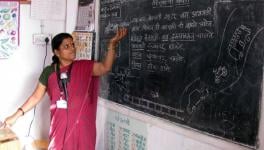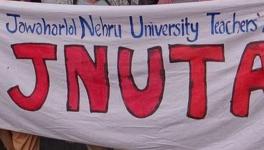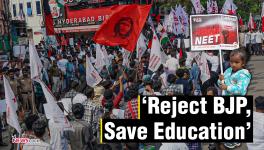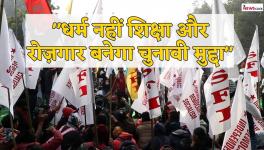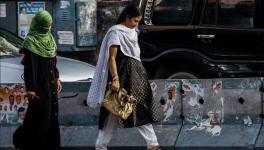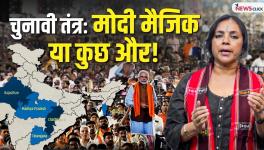Why is Telangana Govt Allowing More Private Universities While Higher Education Indicators Fall?
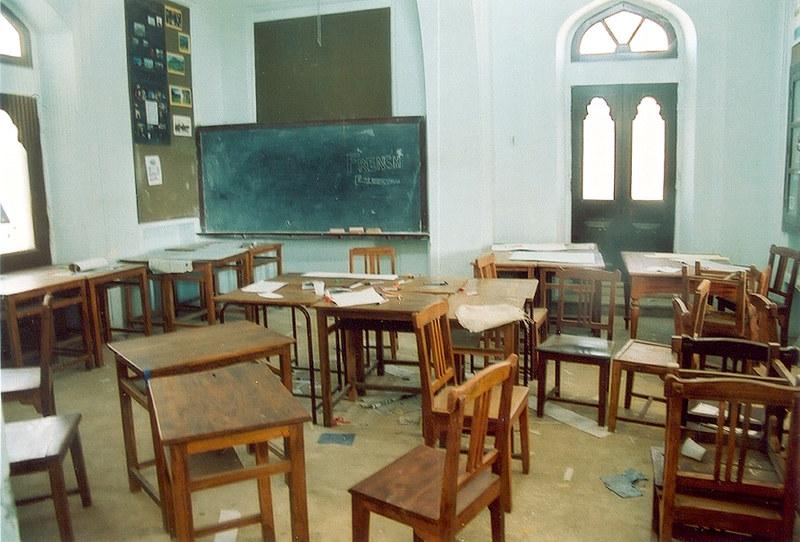
Representational Image
During this Monsoon Assembly session, the Telangana state government passed eight bills on September 13, 2022. Among the passed bills is the Telangana State Private Universities (Establishment and Regulation) Amendments Bill, which has connections to the approval of six private universities by the cabinet in April 2022.
Earlier in 2018, the government made a way to establish private universities for the first time in the newly formed state through the Telangana State Private University (Establishment and Regulation) Act 2018. It was followed by the establishment of five private universities across Telangana as the government issued the Telangana State Private Universities (Establishment and Regulation) (Amendment) Ordinance in 2020.
In the Assembly, during the question-answer session on the Amendments bill, Minister of Education Sabitha Indra Reddy argued that despite the general belief that - ‘Public universities are ignored by the state when private universities are established’, such cases of ignorance would not happen here. Also, the education minister defended the necessity of private universities in Telangana, stating that due to the increased demand for quality higher education, the students have been going to other stateto pursueng their higher education in private universities.
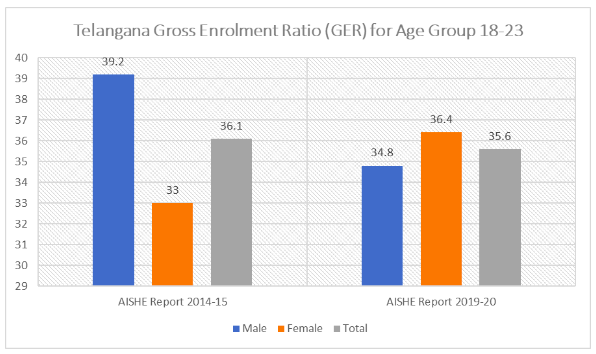
In this context, we can take a brief look into the overall status of higher education in Telangana through the All India Survey on Higher Education - AISHE reports released by the Ministry of Education (MoE). The reports show that in the academic year 2014-15, the overall Gross Enrolment Ratio (GER) for the 18-23 age group was 39.2 and 33.0 for males and females, respectively, with a state total of 36.1.
According to the education minister’s statement, if the demand for higher education had increased, these ratios would have affirmatively gone up in the later years since Telangana’s formation in 2014. However, in the 2019-20 AISHE report, the overall male GER in all categories went down to 34.8 with a slight increase in the female GER to 36.4, totalling 35.6.
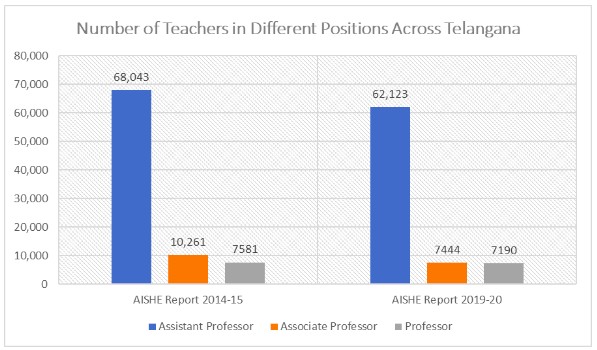
Again, with the increased demand for higher education, the number of teachers in educational institutions should also have increased. But a comparison between the 2014-15 and 2018-19 AISHE reports shows that the total number of teachers went down from 91,932 to 82,703.
Further, in the academic year 2014-15, the total number of Assistant Professors, Associate Professors and Professors was 68,043; 10,261; and 7,581, respectively. Then, according to the 2019-20 AISHE report, the numbers decreased to 62,123, 7,444, and 7,190 Assistant professors, Associate Professors and Professors, respectively. Such a reduction in the number of teaching faculties within a span of five academic years means higher stress on the ratio of student-teacher balance, diminishing the quality of education; it indicates the state’s ignorance toward increasing the quality of education and research.
In terms of financial responsibility and involvement of the state government in developing the education sector, the allocated budget has only been decreasing since the academic year 2014-15. In the financial year 2014-15, 10.89% of the total budget was allocated for education. In FY 2022-23, the Telangana government allocated only 6.24% or Rs 16,042 crore out of the total budget of Rs 2,56,958 crore. With only Rs 1,962.78 crore budget out of the total Rs 16,042 crore for Higher Education, the government’s claim of not neglecting the development of state-funded universities appears to be vague and baseless. The government is clearly washing its hand off by giving its duty of ensuring quality education to private educational institutions.
The state Assembly members (MLA’s) have been raising questions over the cutting down of the education budget and alleging the state government of neglecting the progress of the education sector. But during one of the Assembly sessions in 2019, the education minister replied to that accusation by saying that the Education Ministry has been adding to the budget by taking from the welfare funds for SC-ST, Minority and OBC departments. That leads to serious doubts about the education minister’s and state government's understanding of the development of both education, and SC-ST-OBC and minority communities.

Just looking at the GER of SC-ST students and number of SC-ST teachers as reported by the 2014-15 and 2019-20 AISHE reports, it becomes obvious that at least in the case of higher education, if not other sectors, the progress of the SC-ST groups have not been much.
In 2014-15, for the age group of 18-23 among SC students, the GER for males was 38.1, which was reduced to 29.1 in 2019-20. With little increase in the female GER from 34.1 to 35.8, the total GER was reduced from 36.1 in 2014-15 to 32.5 in 2019-20. Again, for the ST students in the same age group, the male GER was 39.6, which fell to 31.3 between 2014-15 and 2019-20. Again, with a slight increase in the female GER from 27.5 to 29.1, the total GER still decreased from 33.5 to 30.2. In addition, though the total number of teachers from the SC groups ascended from a total of 8788 to 9355, the number of SC male teachers still decreased from 5620 (2014-15) to 5502 (2019-20).
Meanwhile, the total number of ST teachers decreased from 3,411 to 2,994 with lessening in the number of both male (2524 to 2336) and female (887 to 658) teachers from the ST communities. Therefore, the question lingers that how a ministry can grab funds designated for specific target-oriented welfare programs for the historically marginalised SC-ST-OBC minority communities when it was supposed to advocate for more budgets for themselves and the oppressed communities as part of the government.
Recently, hundreds of marginalised students in the state-run welfare residential schools fell severely ill from food poisoning; Despite acknowledging the events in the Assembly session, the chief minister did not take any immediate remedial measures, which gives insights into how the state has been interacting in terms of educational development, let alone higher education with oppressed students.
Lastly, former chairman Papi Reddy of the Telangana State Council of Higher Education (TSCHE) authored an opinion piece last year on restructuring the Higher Educational Institutions of the Telangana state. In the piece, he acknowledged the low education quality but then again glorified that the state has gotten past the decades-old liability of educational backwardness with a 10% higher GER compared to the national average in the academic year of 2019-20.|
A comparison of all the major indicators of higher education development like GER of students and number of teachers etc. between the 2019-20 AISHE report and the 2014-15 AISHE report, which came immediately after the 2014 formation of the Telangana state, shows a downward trend in the development of higher education in the state.
Due to the long socio-economic closures due to the pandemic, the educational institutions, students and teachers have been affected most by an ever-widening digital gap, as per several reports. It can be easily predicted that these progress indicators would only continue downgrading further with any state reports on Higher Education yet to be published. Yet, instead of initiating visible schemes for the enhancement and promotion of public educational institutions, the TRS government has been proactive in establishing more private universities.
Additionally, the contradictory statements of the then TSCHE chairman and the recent comments of the Education Minister on the necessity of private institutes for ‘quality’ education without clarifying the number of actual students going to other states mirrors their reluctance to work on the actual issues of educational progress. It also adds to the doubts about the intention of the Telangana government regarding the development of the Higher Educational sector in the state.
[Ashok Danavath is a postgraduate ST scholar from Telangana, pursuing a master's as a National Overseas Scholarship fellow at Erasmus University, Rotterdam. Associated with LibTech India, currently, he is working as a Research Associate for the National Campaign on Dalit Human Rights (NCDHR). Views expressed are personal.
Get the latest reports & analysis with people's perspective on Protests, movements & deep analytical videos, discussions of the current affairs in your Telegram app. Subscribe to NewsClick's Telegram channel & get Real-Time updates on stories, as they get published on our website.










